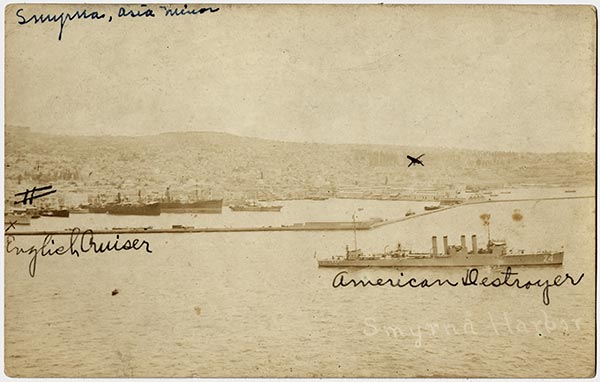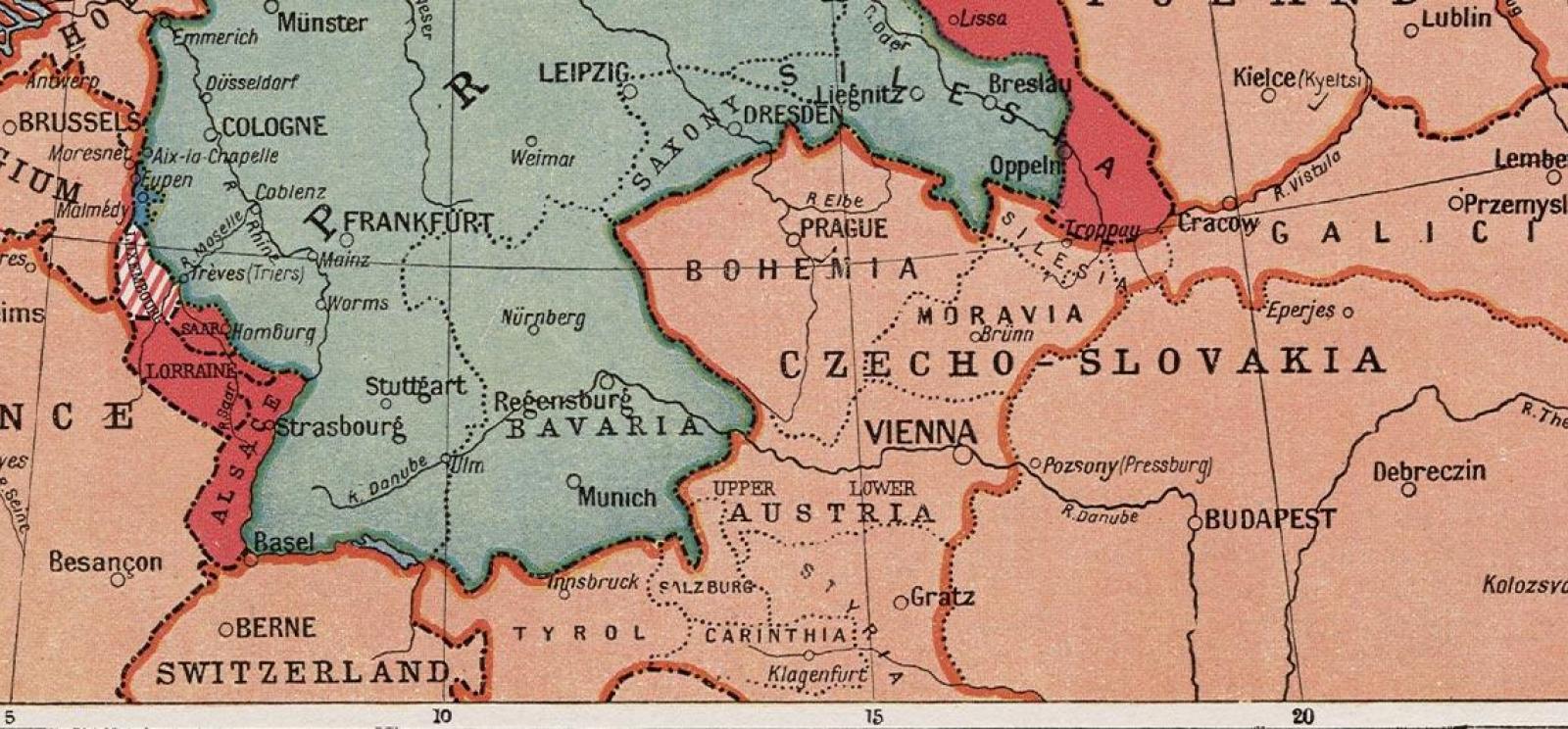During the course of the Paris Peace Conference, three treaties were signed with members of the former Central Powers, with two additional treaties finalized after the official closing of the conference in January 1920. The first, and most significant, was the Treaty of Versailles, signed on June 28, 1919. Despite the multitude of issues to address and the lack of a clear agenda, the “Big Four” saw Germany as the top priority; prevailing sentiment perceived Germany as initiating war in 1914.
It was clear, however, that different desired outcomes existed, especially as Clemenceau insisted Germany be geographically and militarily dismembered so to never again pose a threat to France. The most contentious issue, and most remembered today, was the question of reparations. Ultimately, Germany and its allies were assigned responsibility for all war damages but exact payment amounts were left unspecified.
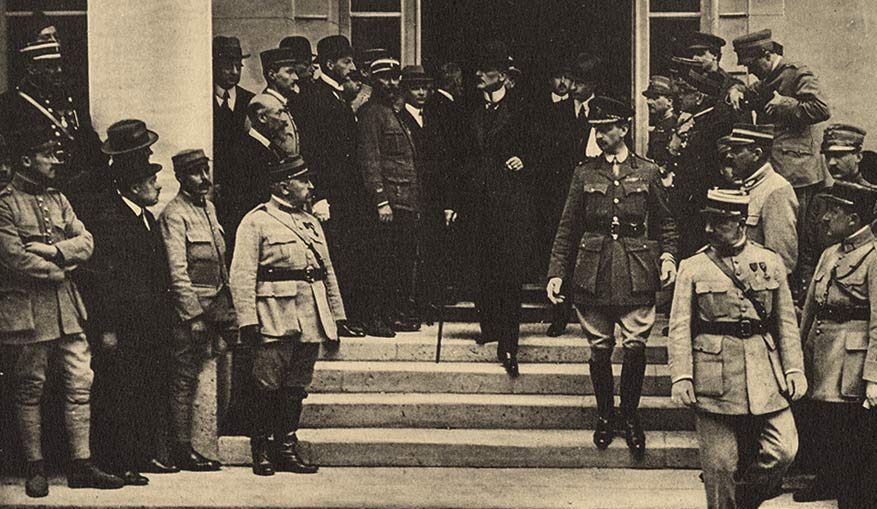
The German delegation, not present throughout any of the discussions, was presented with the draft of the treaty in May 1919. After trying and failing to negotiate some of the more severe terms and facing threats of resumed war should they not sign, the German delegates signed the Treaty of Versailles on June 28, 1919 in the Hall of Mirrors at the Palace of Versailles.
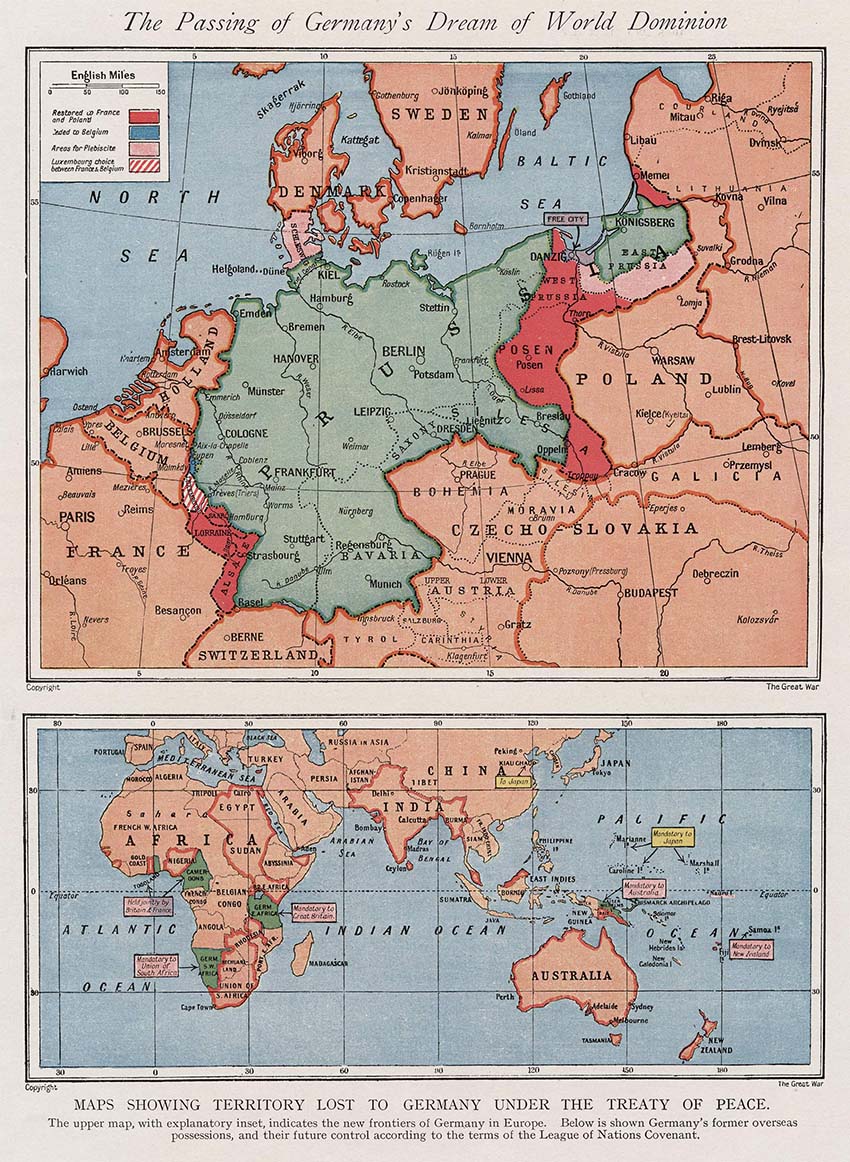
Having concluded terms of peace with Germany, the Allies turned their attention to the remaining former Central Powers. The Treaty of Saint-Germain, signed on September 10, 1919, formally dissolved the Austro-Hungarian Empire and forced the new Republic of Austria to accept the independence of over 60 percent of its former territory. This territory included the new nations of Czechoslovakia and Yugoslavia, as well as part of Poland.
Bulgaria signed the Treaty of Neuilly a couple of months later, losing territory to the new Yugoslavia and all access to the Aegean Sea. Hungary, now an independent state following its separation from Austria less than a month before the Armistice, lost two-thirds of its former territory and 58 percent of its population in the Treaty of Trianon, signed on June 4, 1920.
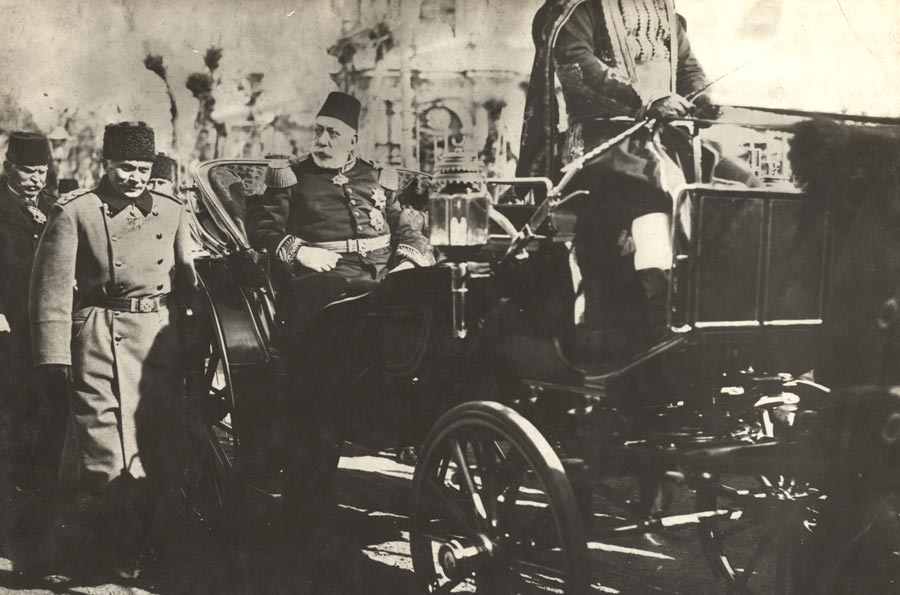
The final treaty of the Paris Peace Conference, The Treaty of Sevres, was signed in August of 1920 between the Allies and the former Ottoman Empire. Although accepted by Sultan Mehmed VI, it was rejected by Mustafa Kemal, a Turk nationalist then leading a war for independence. Negotiations between Kemal’s representatives and the Allies finally resulted in the 1923 Treaty of Lausanne, which recognized the new nation of Turkey. This proved the longest-lasting of all the Paris treaties, a testament to equal negotiations between participants and the acceptance of compromise.
